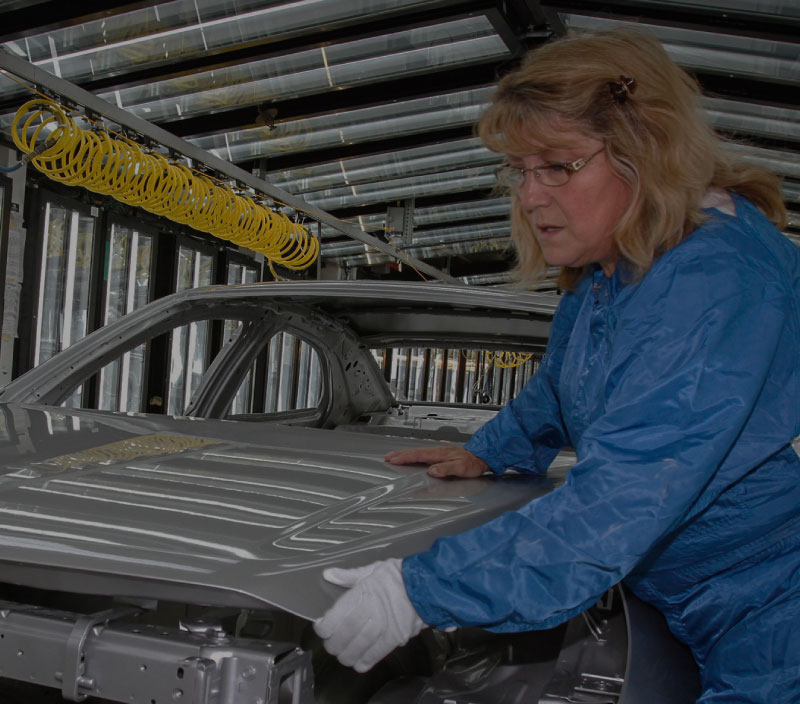THE PROBLEM
A fuel cell is a device that generates electricity from the chemical reaction that every high school student knows about: hydrogen and oxygen react to produce water. The figure shows the schematics of a fuel cell stack.
Fuel cells need to be grouped in stacks and need to work with other auxiliary devices to form a fuel cell power system such as humidifiers, compressors, etc. However, putting a fuel cell system into a passenger vehicle is challenging as it must have enough power and cannot take away too much trunk space; in other words, power density (kW/liter) must be high. The design question is: “what is the best design for a fuel cell system that delivers enough power, costs less, and takes up minimal space?”
THE SOLUTION
Based on a detailed system model, we identified seven variables that are important including five geometric parameters, one operational parameter (air stoichiometry), and one configuration parameter (i.e., number of cells per stack). The design objectives were to reduce the system cost but increase the power density, efficiency, and net power output, yet the system must fit in the trunk space and be structurally strong.
THE RESULTS
Using OASIS we found the optimized system design increased the power density by 43% as compared to the baseline design, and reduced the system cost by 16% while satisfying all constraints. The search process took only a few hours.








